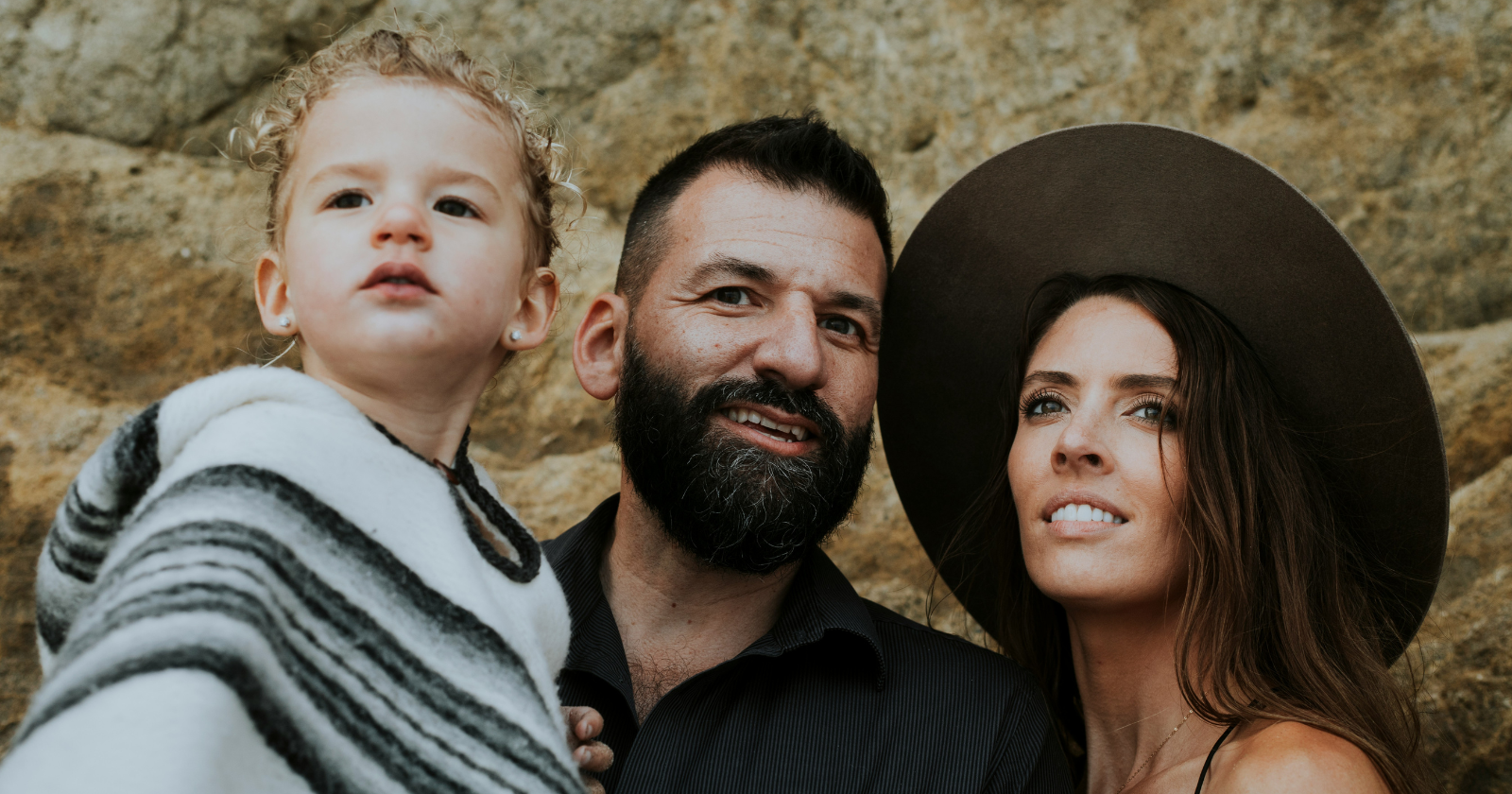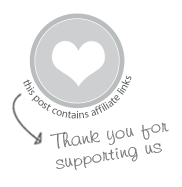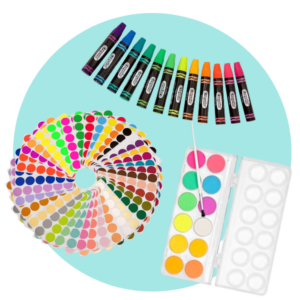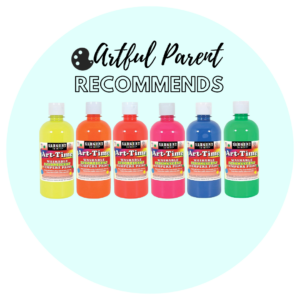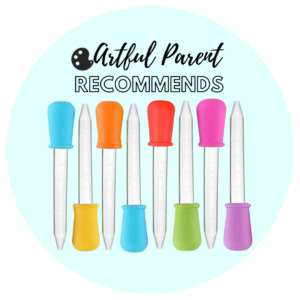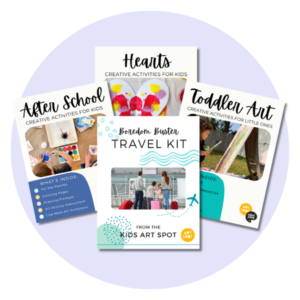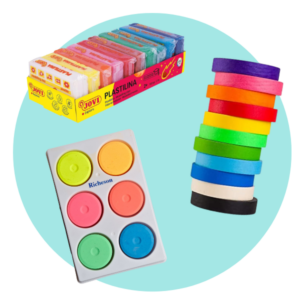Some words just stick. Not because they’re dramatic or perfect, but because they’re steady.
They’re the phrases our kids hear in ordinary moments—over oatmeal, in the car seat, on the back steps after a scraped knee—and they become the voice our kids borrow when life gets loud.
I’m not chasing perfection here. I’m a mom who loves a low-tox, natural rhythm, but I’m also the one who sometimes serves scrambled eggs for dinner and reads bedtime stories while the laundry hums.
The point is consistency, not performance. What we say most often is what our kids will remember longest.
Here are seven phrases I try to weave into our everyday, with real examples from our home—Ellie (5) and Milo (2), dirt under our nails and joy in our pockets.
1) “Tell me more”
I reach for this when Ellie’s feelings are all swirly or when Milo’s grumpy without words yet. “Tell me more” does something magical: it buys time. It signals I’m not going to jump in and fix or judge or tidy up their feelings. I’m just here, open.
The other afternoon, Ellie came inside scowling because a friend didn’t want to play leaf shop. My reflex wanted to cheerlead—“Play something else!”—but I caught myself and said, “Tell me more.”
Out poured the whole story. By the time she finished, she’d already decided to take a break and draw a map for the leaf shop. She didn’t need my solution; she needed my space.
“Tell me more” is gentle curiosity. It’s an invitation to keep talking, which is exactly the pathway we want to stay open as our kids grow.
2) “I’m listening”
Kids can feel whether we mean it. “I’m listening” lands when we pair it with soft eyes, loose shoulders, and something in our hands that goes still. I try to give the phrase an anchor—sit on the floor, lean on the counter, kneel next to the car seat. Presence matters.
With Milo, who’s still catching up to his big feelings, it often sounds like, “I’m listening,” followed by a description: “You wanted the blue cup, and the blue cup is in the dishwasher. That’s hard.”
Related Stories from The Artful Parent
- My kids couldn’t entertain themselves without screens, until we rediscovered these 6 old-fashioned activities
- 7 phrases lower-middle-class parents use to instill resilience and courage in their children
- I constantly felt like I was failing as a mother, until I start doing these 7 things every day after work
It’s not fancy. But the message is clear—you have my attention, even when I can’t give you what you want.
I use it with Matt, too. A marriage gets sturdier when we speak to each other the way we want our kids to speak to us. “I’m listening” builds that bridge in both directions.
3) “It’s okay to feel what you feel”
Big feelings aren’t problems to fix; they’re weather to shelter through.
When Ellie’s tears spill because her watercolor bled outside the lines she worked so hard on, I sit close and say, “It’s okay to feel what you feel.” I might add, “You’re safe to be sad here.” It’s a pressure release valve.
This phrase keeps me honest about our family values. We’re not a home where you have to hustle for your worth. We’re not going to rush you toward “fine” just because your feelings are inconvenient. We breathe. We notice. We move through.
Sometimes we add a simple tool: “Want to do two breaths together?” We place hands on our bellies and feel them rise and fall. The reset is small and kind and repeatable—exactly the kind of thing kids remember and use later, alone.
4) “We can figure it out together”
I don’t want to be the fixer of all things. I want to be the co-learner. “We can figure it out together” takes the scary power out of a problem and turns it into a little team project.
When Milo’s block tower keeps toppling or Ellie’s shoes feel “wrong, wrong, wrong,” we shift into detective mode. “We can figure it out together. Let’s try socks with different seams. Let’s test the shoes after a jump ten times.” The tone matters—curious, not rushed.
This is the phrase I hope echoes years from now when math gets complicated or friendships do. Not “Mom will fix it,” but “I’m not alone in this.” There’s so much steadiness in that thought.
5) “You can try again”
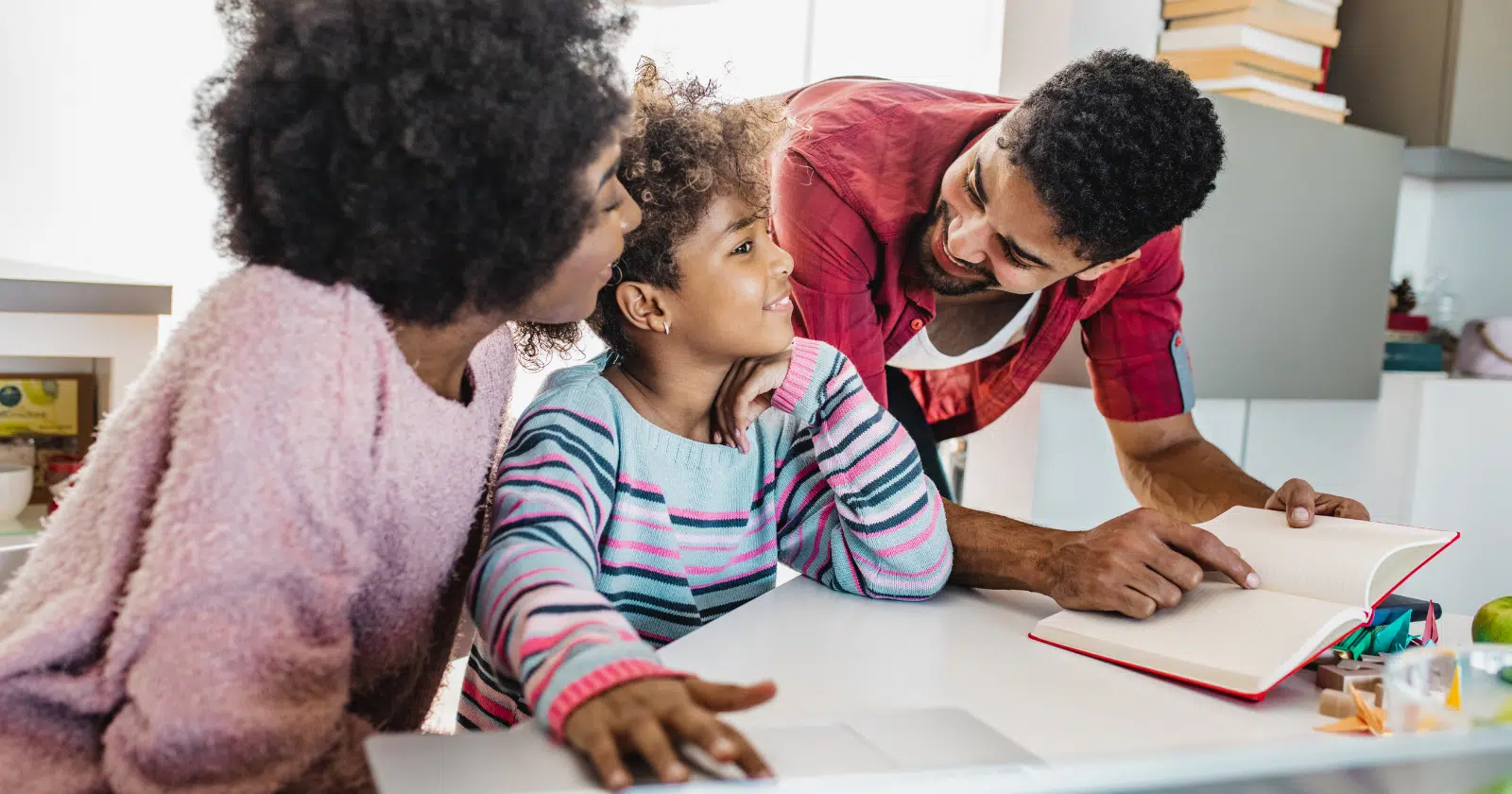
We keep this one right next to the watercolor paints and the garden beds. It’s about growth, not gold stars. When Ellie says, “I messed up,” I respond, “You can try again,” and sometimes, “Want a do-over or a break first?”
With Milo, it looks like setting the tomato back in his palm after it rolls away from his little helper fingers. Try again.
This phrase stretches our definition of success. I don’t want my kids to chase perfect; I want them to practice. “You can try again” is permission to be a beginner at any age. It’s compost for resilience.
It also helps me temper my own expectations. I can try again, too—at patience, at bedtime rhythm, at not checking my phone when we’re collecting leaves.
When trying again isn’t possible—like when the last muffin is truly gone—we shift to “We can make more tomorrow.” The spirit is the same: this isn’t the end; it’s a bend.
6) “I’m proud of how you handled that”
Praise that’s about character over outcome is the kind that sticks. “I’m proud of how you handled that” is a laser pointer—aim it at effort, kindness, honesty, patience, trying again.
Ellie once handed a shovel to a younger child at the community garden after the little one had been hovering for a turn, eyes big. I knelt beside her and said, “I’m proud of how you handled that—you noticed someone else’s need and made space. That’s generous.” No fanfare, just a clear mirror.
With Milo, it might sound like, “I’m proud of how you handled that—you waited while I wiped your feet before running again,” with a squeeze and a smile. These micro-moments are mini-anchors. They teach our kids what we value in our family: not being the fastest or the best, but being a human who cares.
And yes, I say it to myself sometimes when I repair quickly after snapping. Our kids learn what to remember by watching what we practice.
7) “Nothing you do will make me love you less”
This one is our family’s north star. It’s the phrase I tuck around their shoulders when the day has been hard or loud or full of “no’s.” After an apology, after a meltdown, after the watercolor spills across the floor, I say, “Nothing you do will make me love you less.”
It’s the line I want echoing in their hearts years from now when the stakes feel higher—report cards, driving tests, first heartbreaks. Love is the constant. Behavior matters, repair matters, boundaries matter—but love is the ground we stand on.
Sometimes I whisper it at bedtime when they’re already asleep, a little ritual I started when Ellie was a newborn and I had more questions than answers. The words soften me. They remind me who I want to be in their story: a safe place to land, again and again.
Before we part
A few ways we make these phrases stick without turning them into scripts:
- Tie them to ordinary moments. “Tell me more” at the sink. “I’m listening” in the car. “You can try again” by the garden bed. The more everyday the moment, the more durable the memory.
- Match your body to your words. If I say, “I’m listening,” but my eyes are on my phone, the message gets scrambled. We all slip. I just aim for integrity more often than not.
- Let the kids borrow the language. Ellie now offers “You can try again” when Milo can’t snap a block in place. She asks me, “Tell me more,” when I say I’m tired. It’s humbling and beautiful. Kids will reflect what they hear.
- Repair fast. If I miss the moment or rush a feeling, I circle back: “I didn’t listen well earlier. Tell me more now?” Our kids remember our repairs as much as our missteps.
- Keep it judgment-free. None of these phrases are about controlling the outcome. They’re about connection and capacity. That’s the model that seems to hold in our house and in others I’ve seen: less command, more companionship.
Do I use every phrase every day? No. Some days are held together with snacks and mercy. But small words repeated with warmth turn into the inner voices our kids carry.
If you’re looking to start, pick one phrase and practice it all week. Write it on a sticky note. Put it on your fridge. Whisper it in the doorway before you step into a hard moment. See what shifts in your home’s atmosphere. My hunch? Not everything, but exactly enough.
Because in the end, the phrases that last are the ones that meet our kids where they are—muddy knees, full hearts, big feelings—and offer a hand. And those are the words worth remembering.


